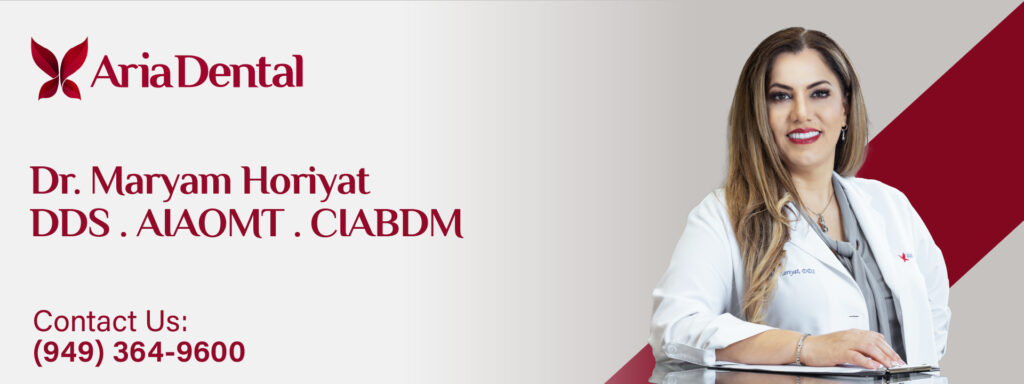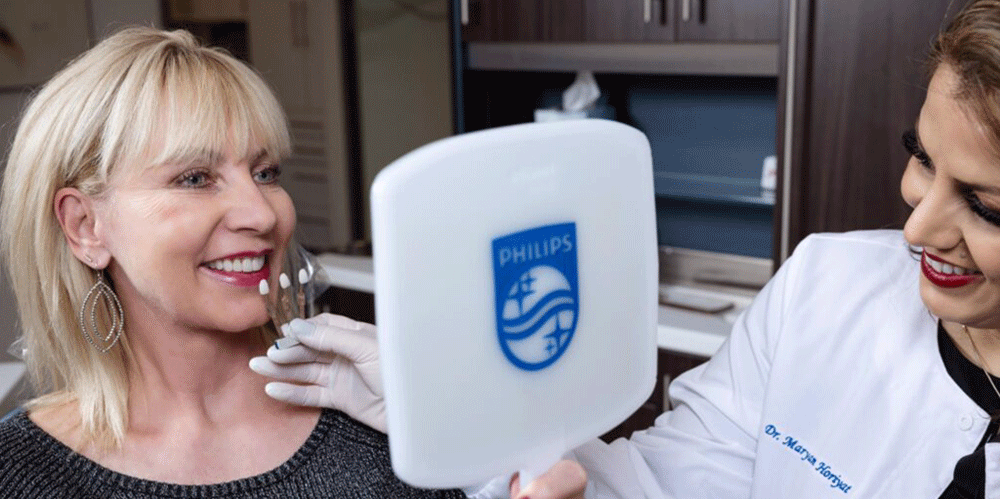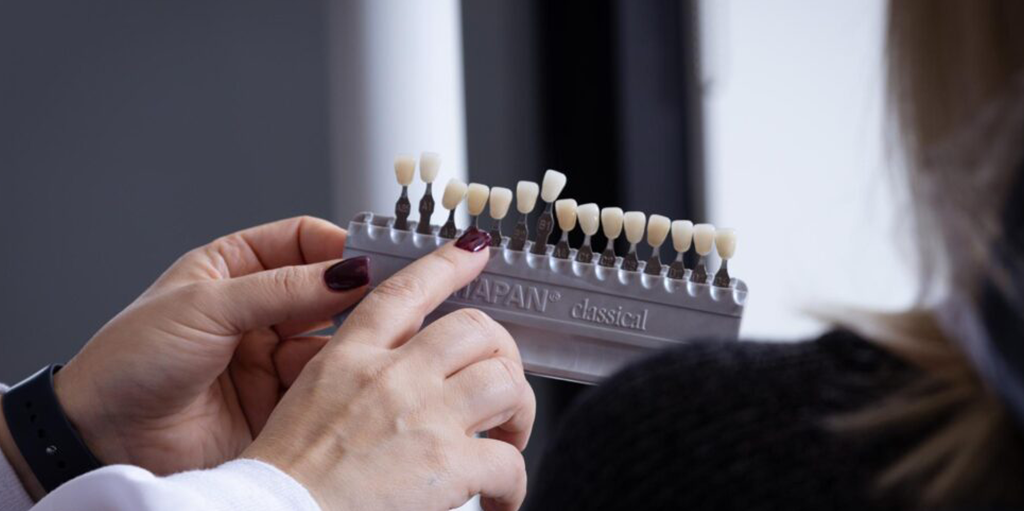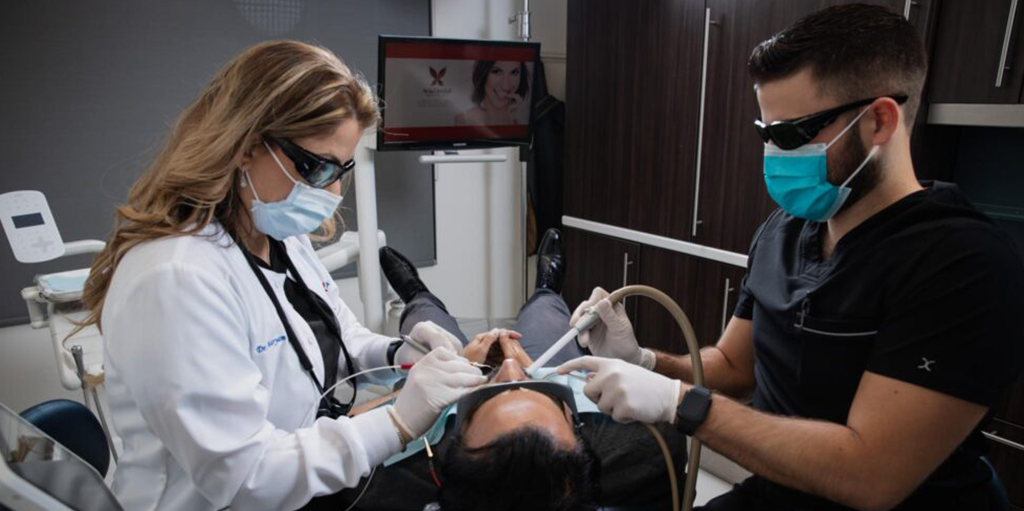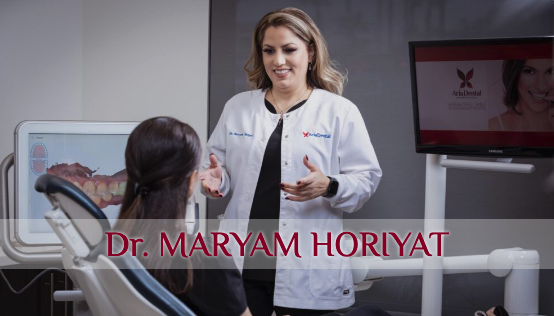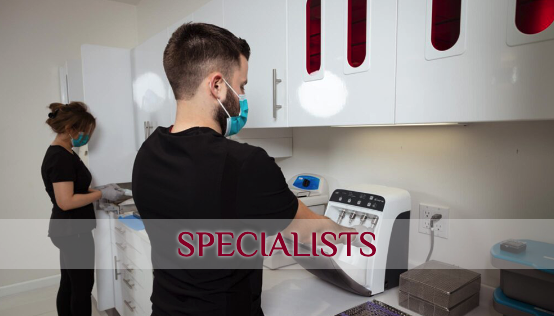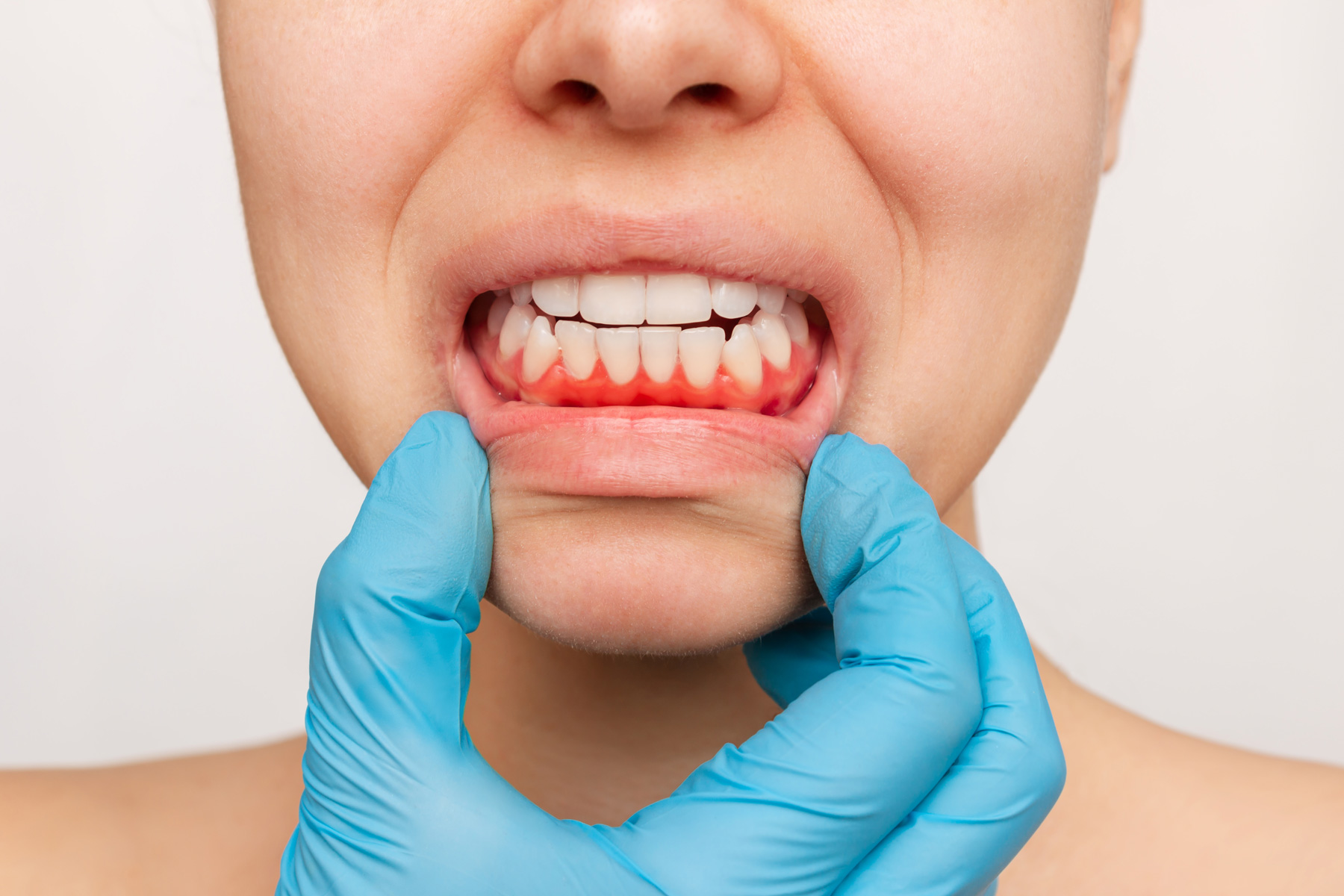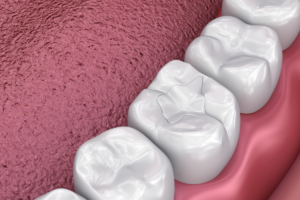LANAP is a safe and feasible option for almost anyone who suffers from periodontal diseases, even patients with health concerns such as diabetes, HIV, and hemophilia. You can also undergo this procedure if you are pregnant or breastfeeding. So, what is the LANAP procedure? Here we explain everything you need to know about this periodontal laser treatment.
What are Periodontal Disease Stages?
Generally, periodontal disease stages are gingivitis and periodontitis. Here is a short introduction to these two stages:
Gingivitis
Gingivitis usually happens when you don’t follow a proper oral care routine. Plaque builds up on your teeth, causing gum inflammation or bleeding. At this stage, you can treat periodontal disease with good oral care and teeth cleaning from your dentist.
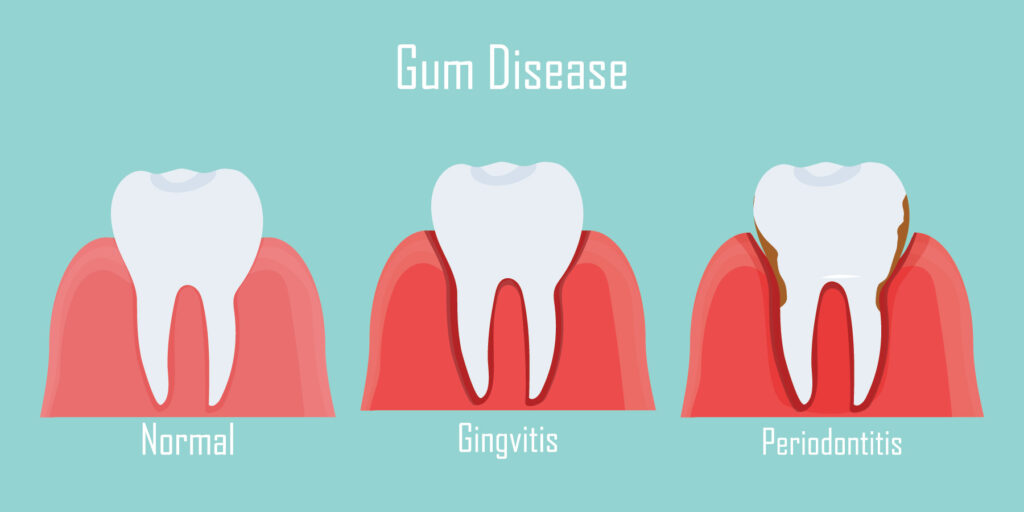
Periodontitis
The plaque forms a colony of bacteria at this stage, which you can’t treat easily with oral hygiene or teeth cleaning. Bacteria pockets deepen and get increasingly infected, which causes your bone and gum to pull away from the teeth. This stage needs serious medical procedures and can’t be reversed by good oral hygiene.
What is LANAP Procedure?
LANAP, or Laser-Assisted New Attachment Procedure, will target the diseased gum tissues through a minimally-invasive process involving no scalpels or pain. The procedure is FDA-approved and safe, with no risks of radiation or interaction with other medications.
LANAP gum surgery is performed with the help of a precise laser known as PerioLase MVP-7, which addresses the diseased gums to restore the gum condition while maintaining its healthy tissues. The dentist will examine your gums to evaluate the extent of the disease. Then a laser system will be applied to diminish the bacteria, remove the tartar, and reconnect the gums to the root.
In this video, Dr. Maryam Horiyat, DDS., demonstrates how the LANAP procedure works.
What to Expect After LANAP Surgery?
After the procedure, you might experience minor bleeding, swelling, and pain in your gums. Avoid coughing, exercising, smoking, or eating seeds, nuts, and popcorn till your doctor tells you it’s ok. Call them if you have a fever, nausea, difficulty breathing, or a rash.
LANAP Pros and Cons
LANAP Pros and Cons are very straightforward. However, this treatment’s cons are often concerned about wrong assumptions rather than cons. So, here we explain the benefits and correct these assumptions.
LANAP Benefits
LANAP is a breakthrough technology that will eliminate the need for surgery. Unlike traditional surgical methods, it does not leave you with a loss of tissue volume since there is no cut on gums throughout the process. Except for being minimally invasive (zero gum stitches), it offers you some other values as well:
Reducing the Likelihood of Tooth Loss
With LANAP, you can still save your natural teeth, even if saving them with traditional gum treatments has been considered hopeless. Studies show the positive effects of this laser therapy on tooth loss prevention compared with conventional surgery.
Shorter Recovery Time and Less Downtime
It is a full mouth surgery completed in one or two visits. Contrary to traditional periodontitis surgery, there is minor swelling or bleeding, and recovery is also faster, which means you can resume your daily activities sooner. All in all, LANAP provides a pleasant experience and better outcomes.
Little to No Gum Recession
LANAP protocol does not require a cut on gums, so there will be a lower risk of receding gums. There is little to no gum line recession and no alteration of your smile. Generally, patients have reported less discomfort during and after surgery, as once the procedure is complete, the gums can grow back to their original position.
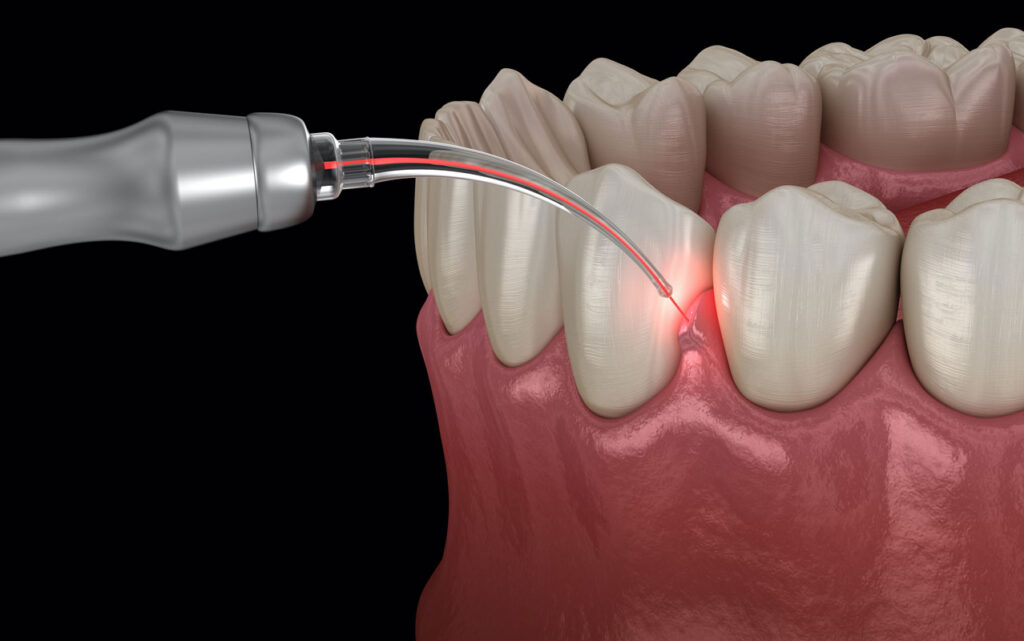
A Solution for Gum Bleeding
During LANAP laser therapy, your affected tissue will be removed with the help of a laser instead of scalpels. A laser fiber is placed into the periodontal pocket for the laser to extract the affected tissue and kill the bacteria selectively. The roots are then cleaned with an ultrasonic device.
Diminishing of Inflammation
LANAP treats gum disease less complicated and gentler than ever. This protocol will effectively treat periodontal disease by removing infected gum tissue while preserving the noninfected structure. It also stimulates new soft tissue growth and bone attachment to the affected teeth.
Reasonable Expenditures
This periodontal laser treatment may sound expensive, but not necessarily. The cost will vary depending on the number of areas needing treatment. However, what is certain is that it is worth discussing with your doctor because of the improved recovery and healing process and fewer after-surgery side effects.
No Bone Grafts
The LANAP protocol can be helpful in bone regeneration. This laser technique enables your body to recover and revive the lost bone around your teeth by stimulating stem cells to improve collagen and bone production.
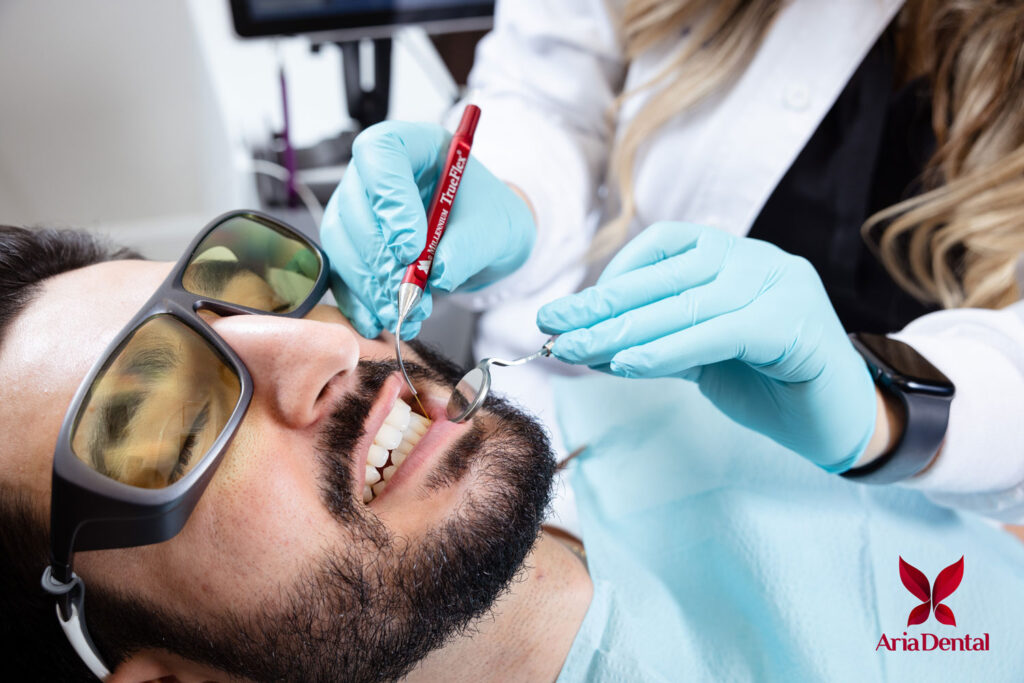
Assumptions About LANAP
Several concerns about LANAP may lead you to doubt the effectiveness of the therapy. People tend to make a lot of (often false) assumptions about this method, the most common of which being:
All Dentists Can Perform the LANAP Procedure.
Only trained, qualified periodontists and dentists can use LANAP, provided they receive a proficiency certificate after enrolling in a training process at the Institute for Advanced Laser Dentistry.
All Types of Lasers Can Be Used for LANAP Treating Procedures.
LANAP uses the PerioLase MVP-7 laser to tackle the problems with your gum. This laser only targets the affected gums to eliminate the infection, thus preserving healthy tissue. No other types of lasers can be utilized for this technique.
It Takes a Long Time to Recover After Undergoing LANAP Therapy.
Once the procedure is complete, you can go about your day generally with minimal pain. There are no sutures to worry about and no lasting discomfort. The recovery time is about 24 hours, which is much faster than that of traditional gum surgery.
LANAP Can Be Dangerous
Though there are intrinsic risks in any medical procedure, LANAP is FDA-approved and very safe, and there is no risk of radiation or interference with other medications either.
Are You Ready for Your Procedure?
In this article, we discussed everything about the LANAP procedure. If you seek the best solution for your gum disease, leave that to Aria Dental, one of California’s few modern dental centers with the best holistic and biological dentist certified in LANAP laser treatment. Feel free to contact us for a consultation.
